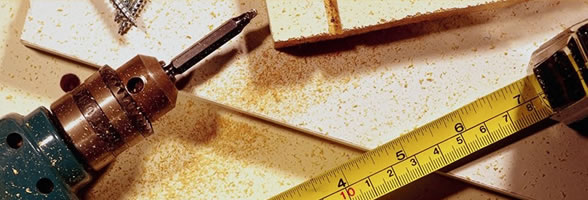
The Lymphatic System

The lymphatic system is a one-way system with dead-ending vessels that collect the fluid surrounding cells in order to return it to the blood.
The cells in the body have excess fluid outside of them due to a pressure imbalance between arteries and veins. This fluid (tissue fluid) is collected by vessels called lymphatic vessels, once collected it is then known as lymph. It contains lots of white blood cells, proteins and fats.
Seeing as there is no pump in this system such as the heart in the Circulatory System the liquid in these vessels must move in a different way.
Lymph moves slowly through the vessels by:
- The muscular walls of the vessel
- General Body movements push the liquid along
Lymph nodes are swellings in the vessels of the lymphatic system. They contain white blood cells called lymphocytes. These nodes are concentrated in certain areas of the body such as the Neck, Armpits and the Groin.
The primary function of the Lymph node is to fight infection which it does in 2 ways:
- Filtering pathogens (disease causing organisms) from lymph as it passes through
- Large numbers of Lymphocyes are stored and matured in the lymph nodes. These lymphocytes make antibodies as well as kill the pathogens directly.
Overall Function of the lymphatic system
- Transporting Fat
- Defence of the Body
- Returns tissue fluid to the Blood
